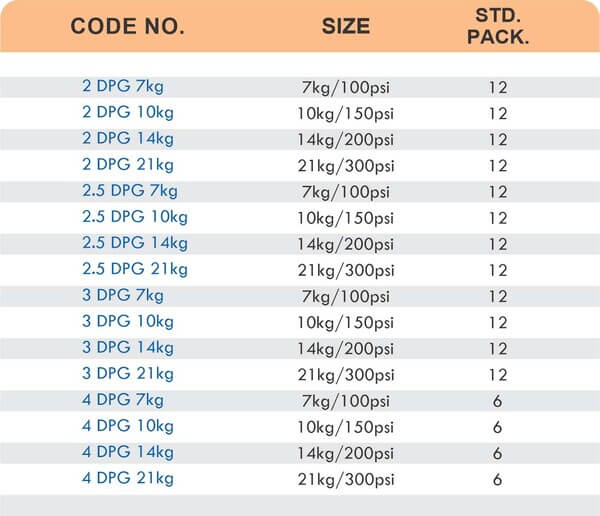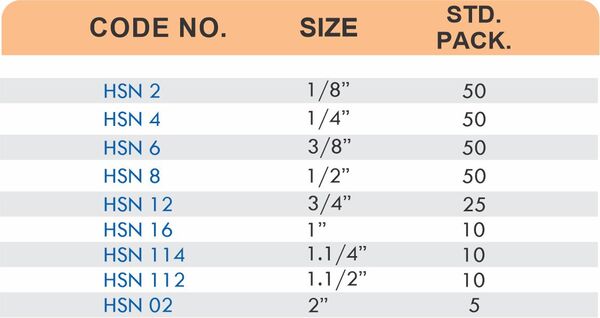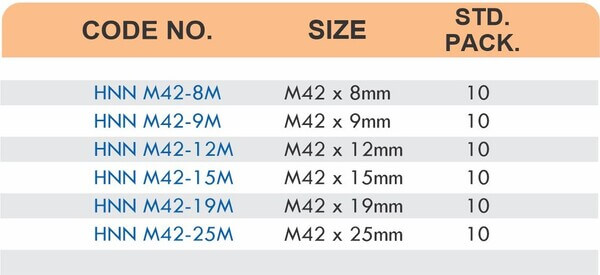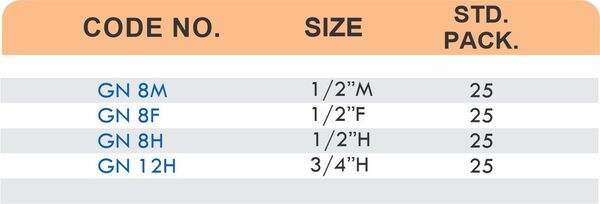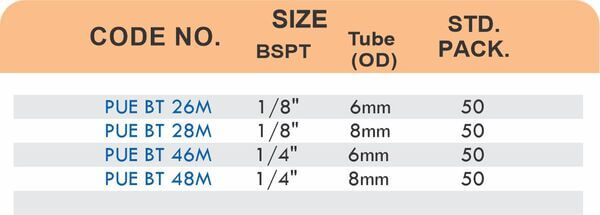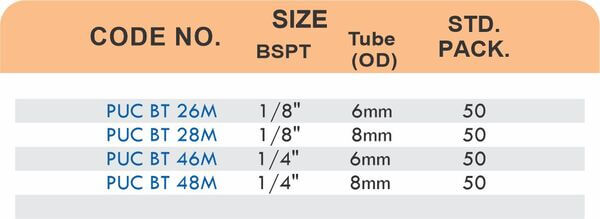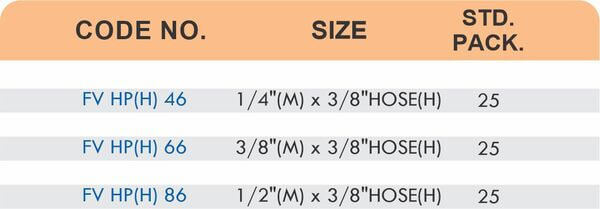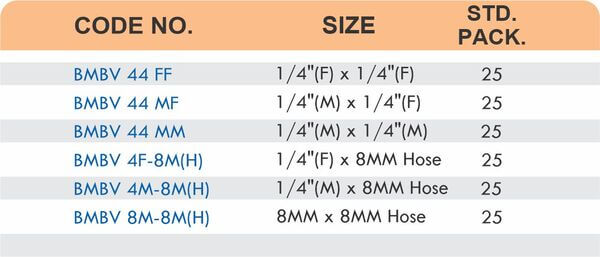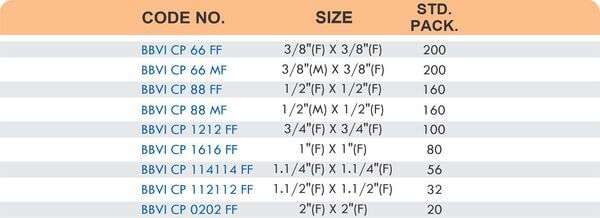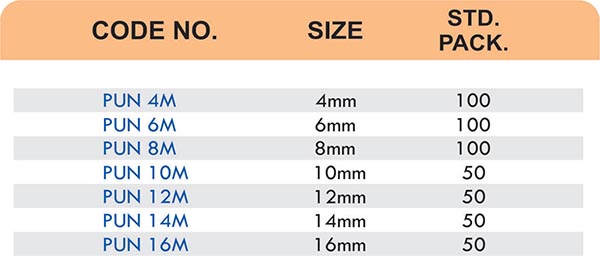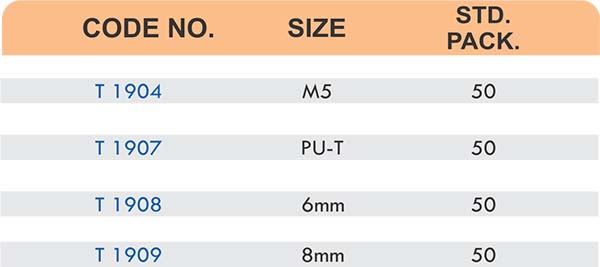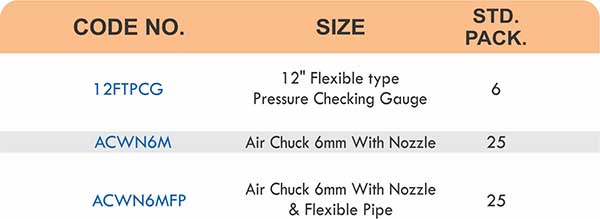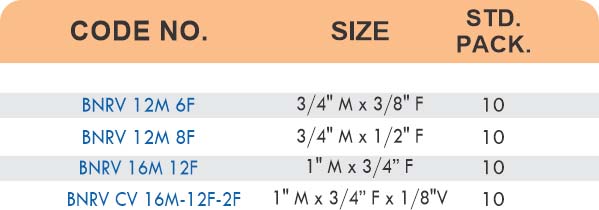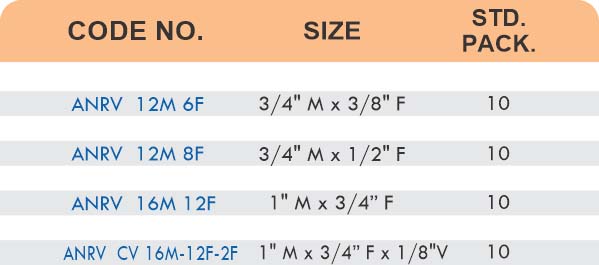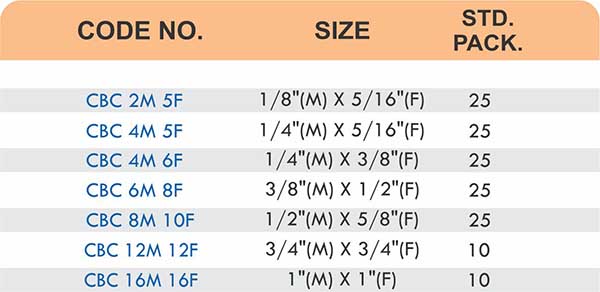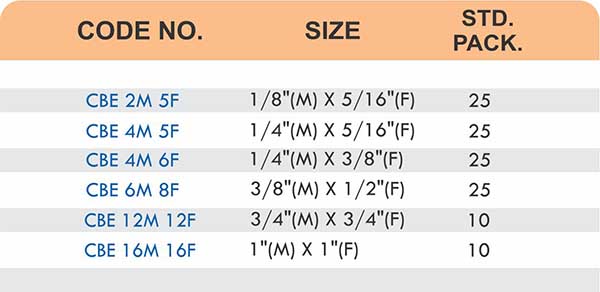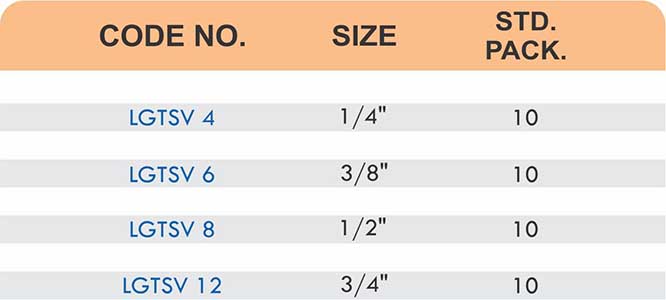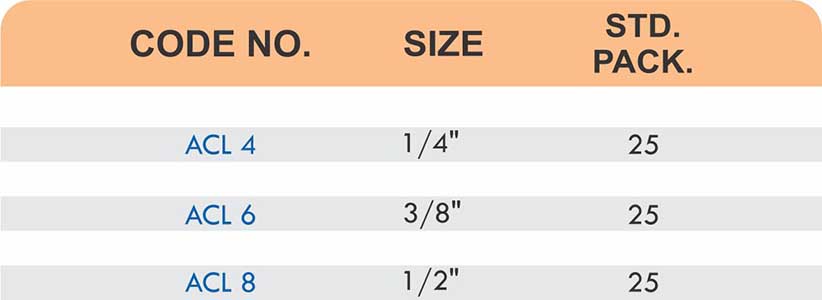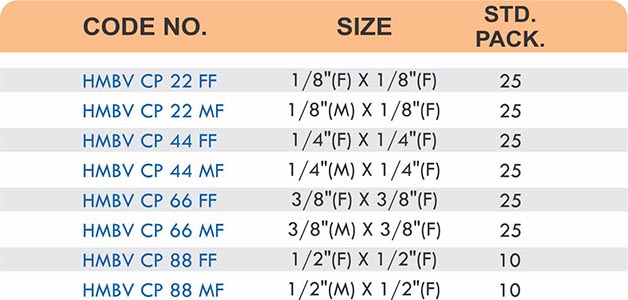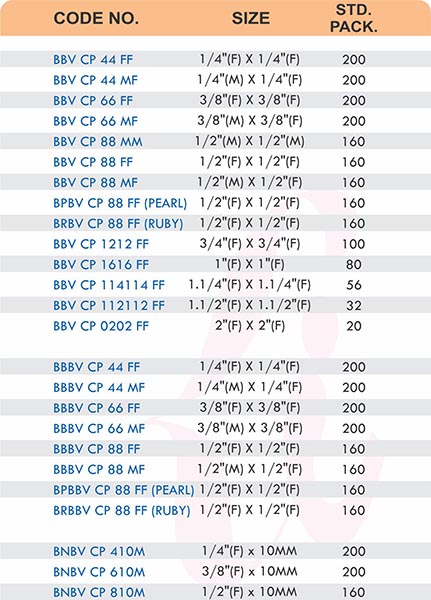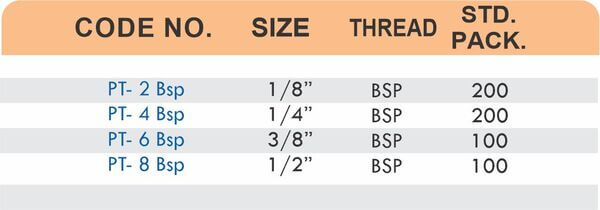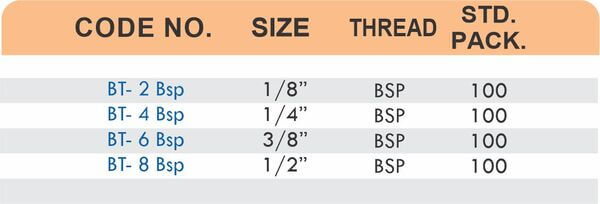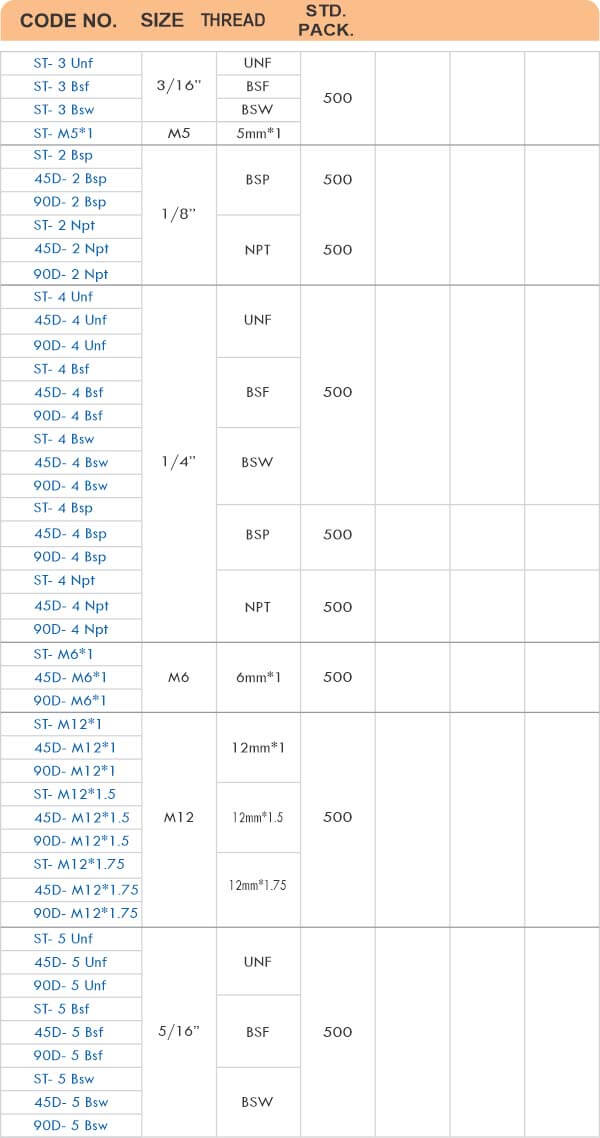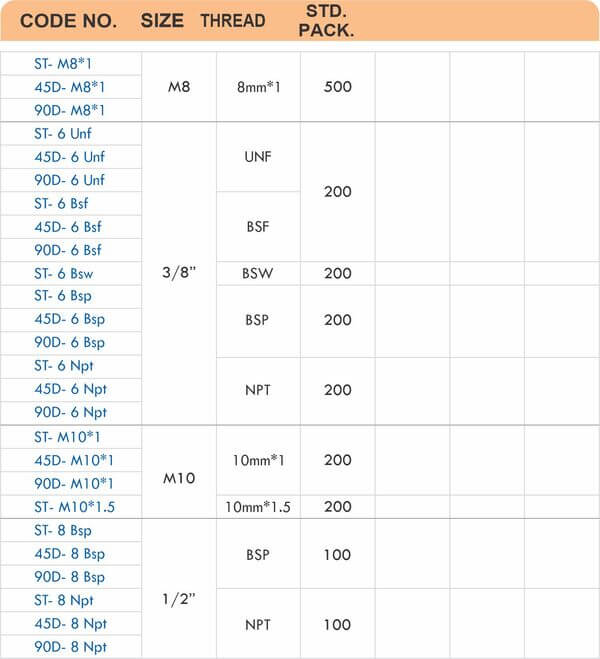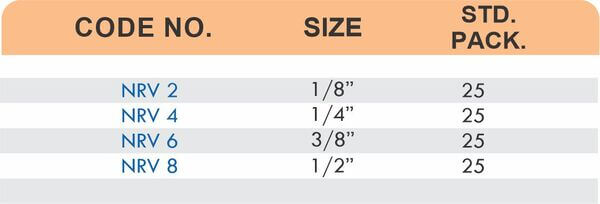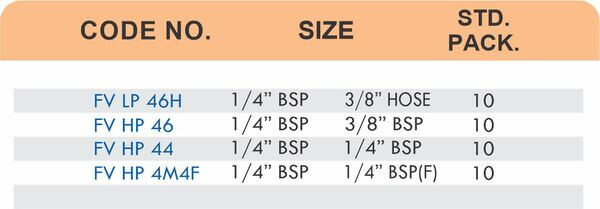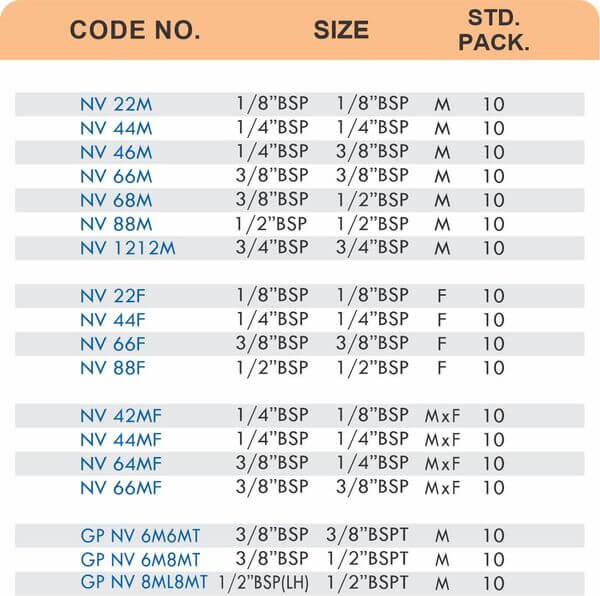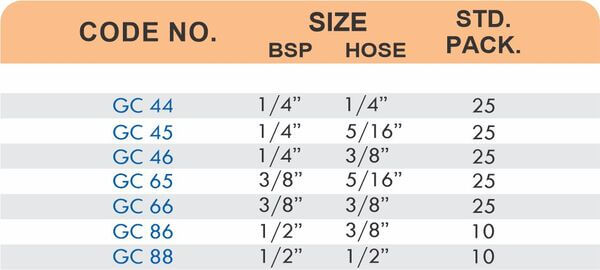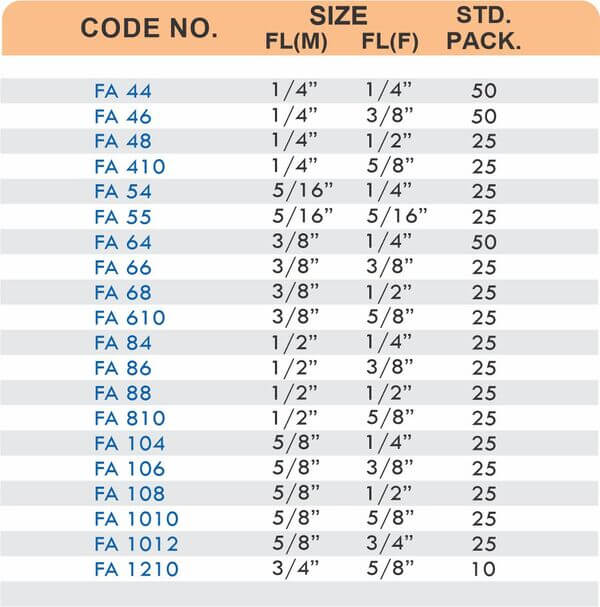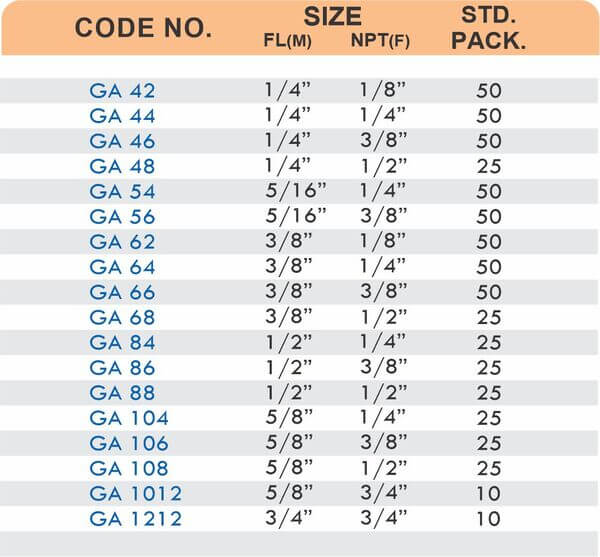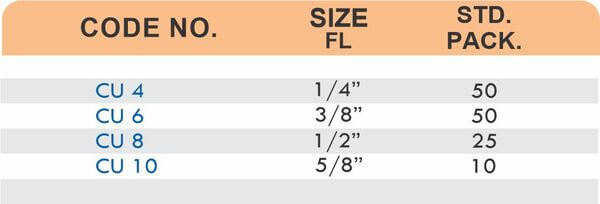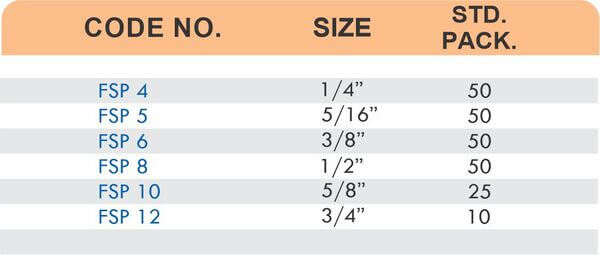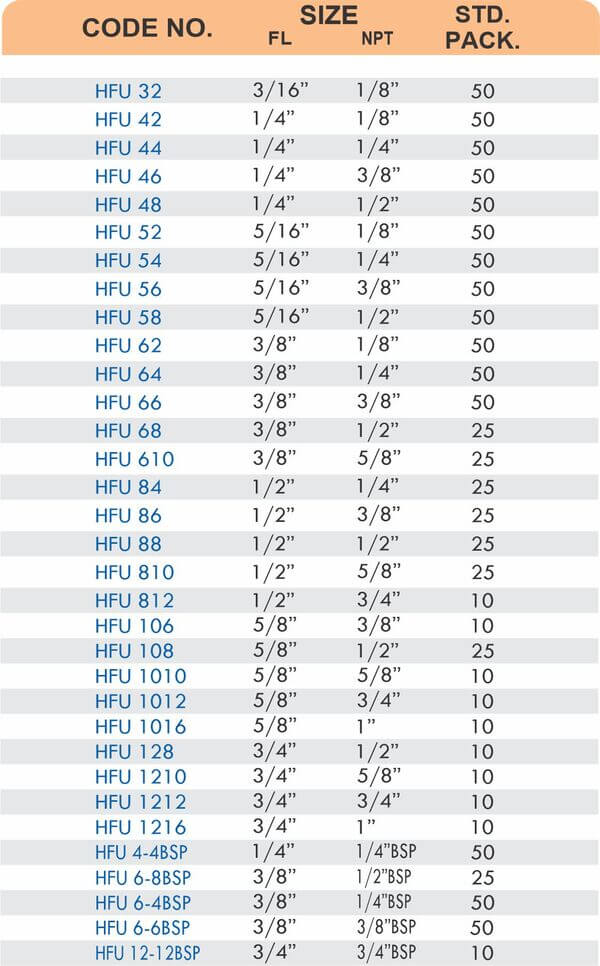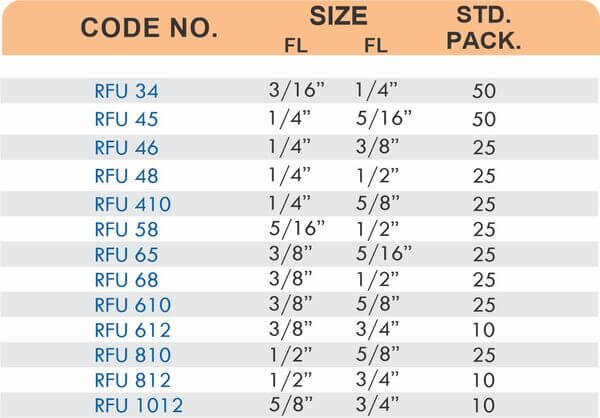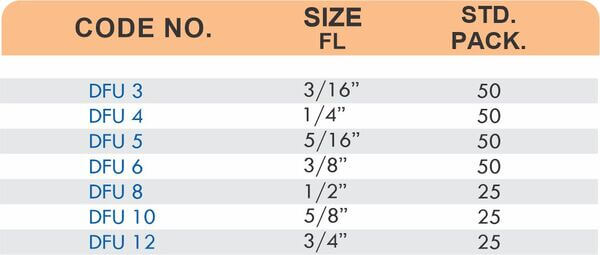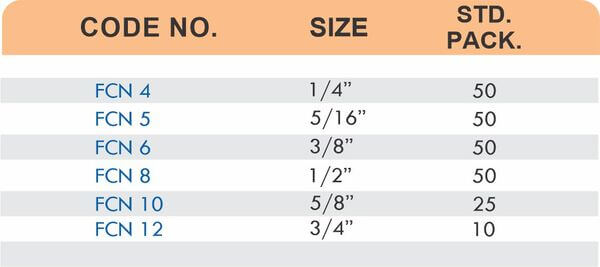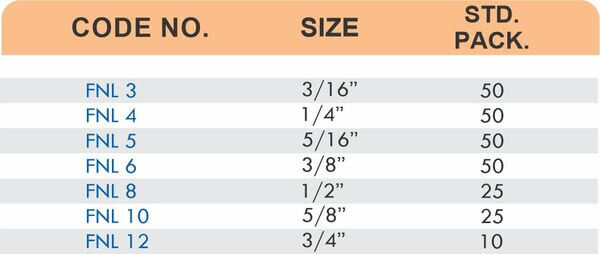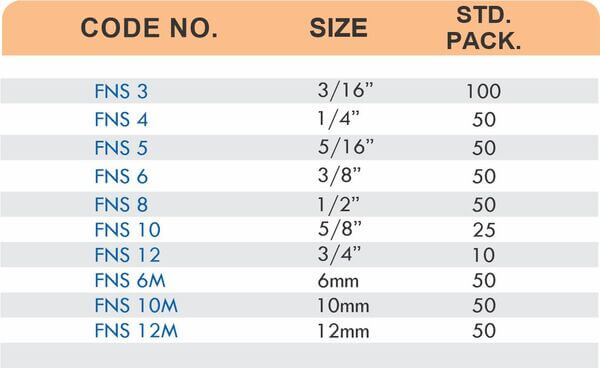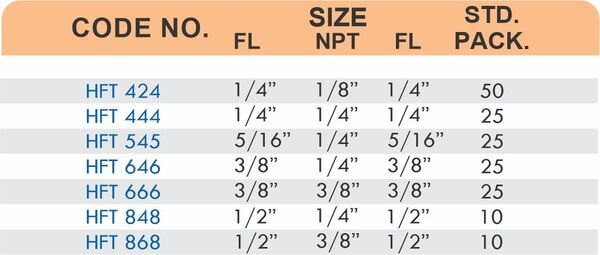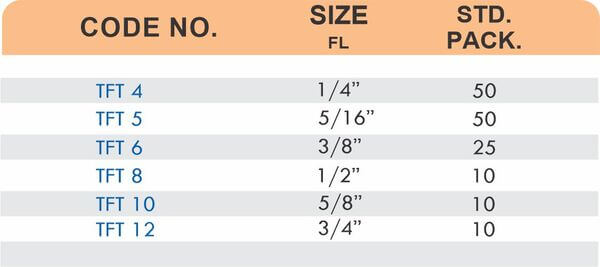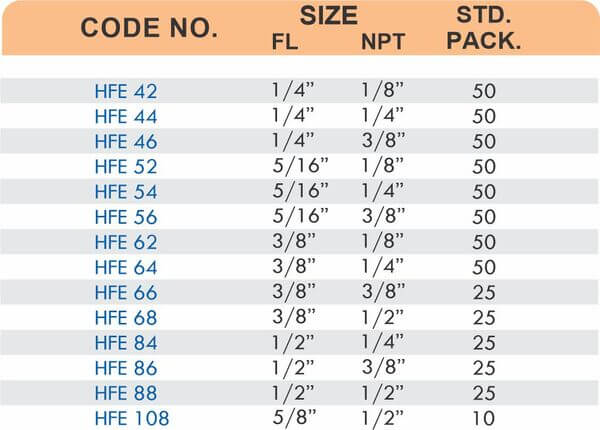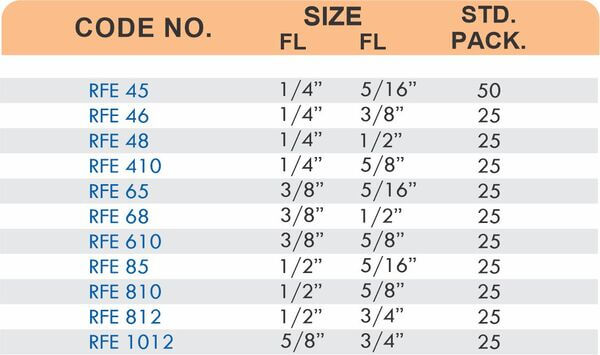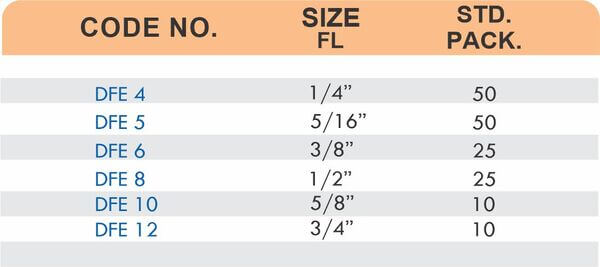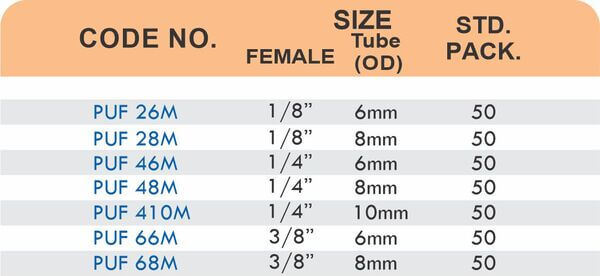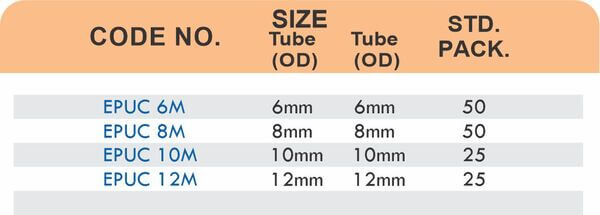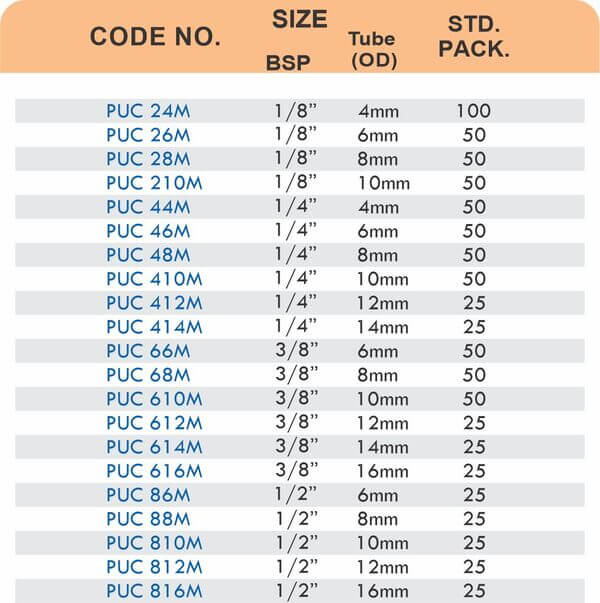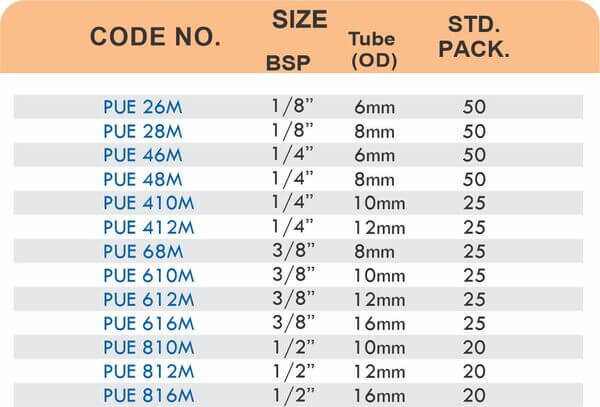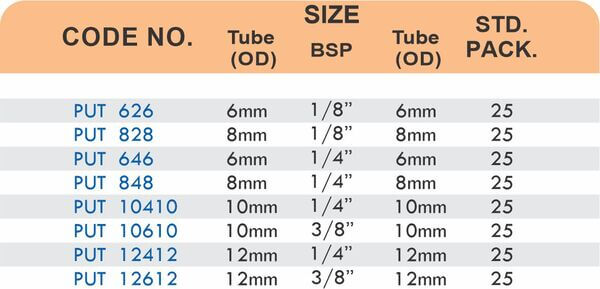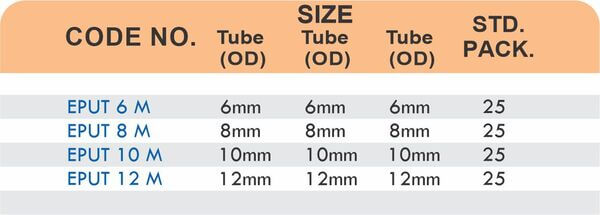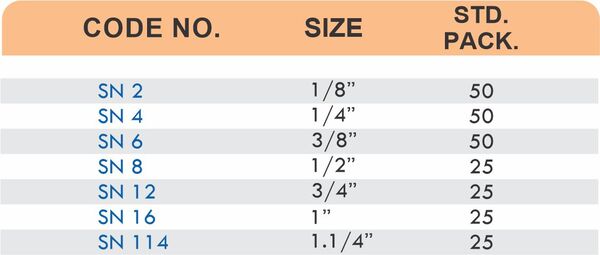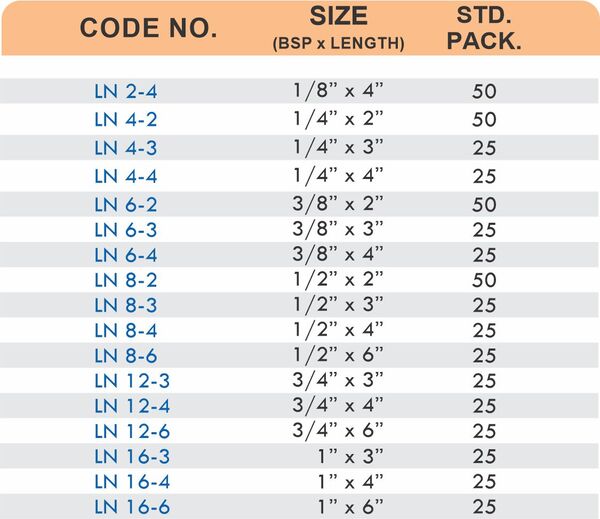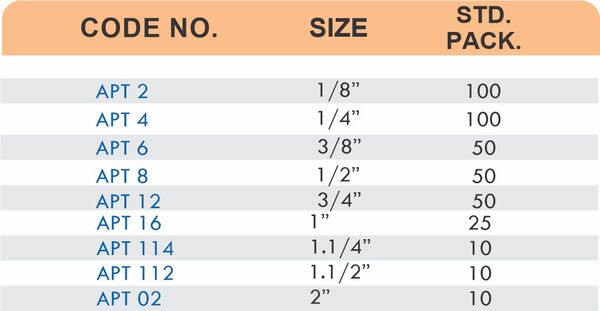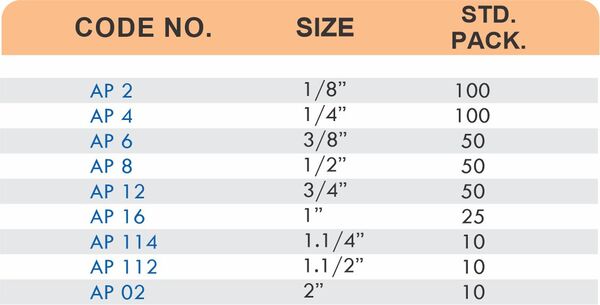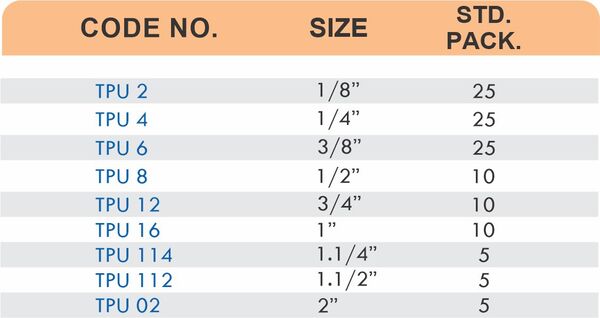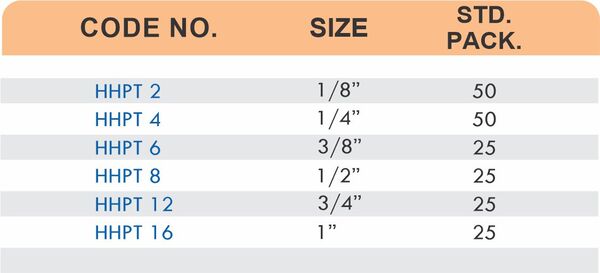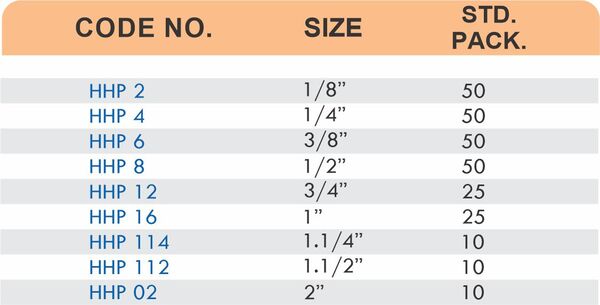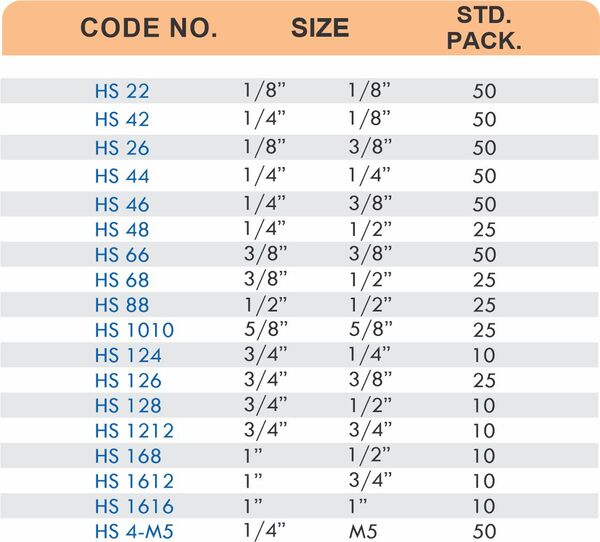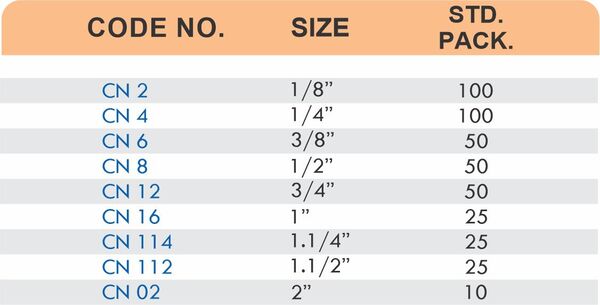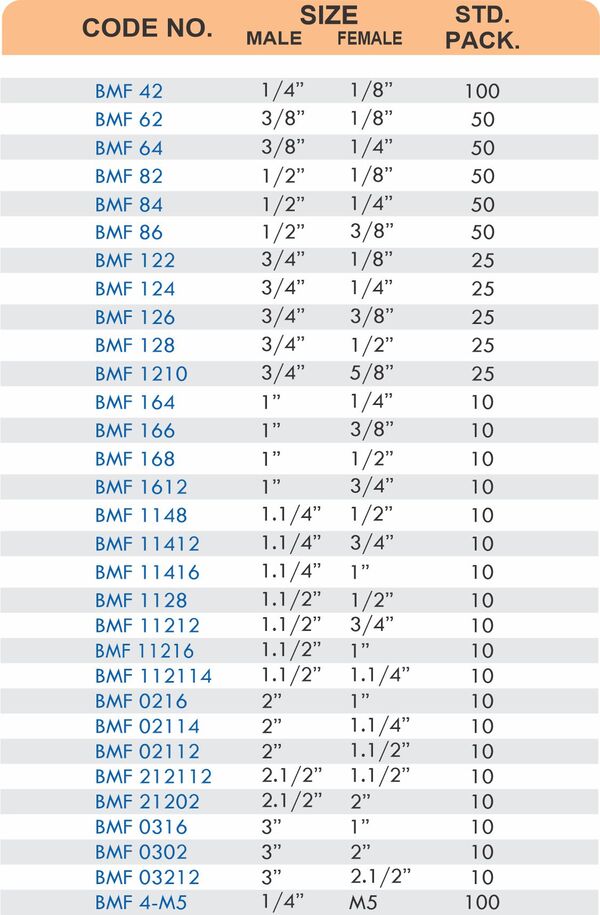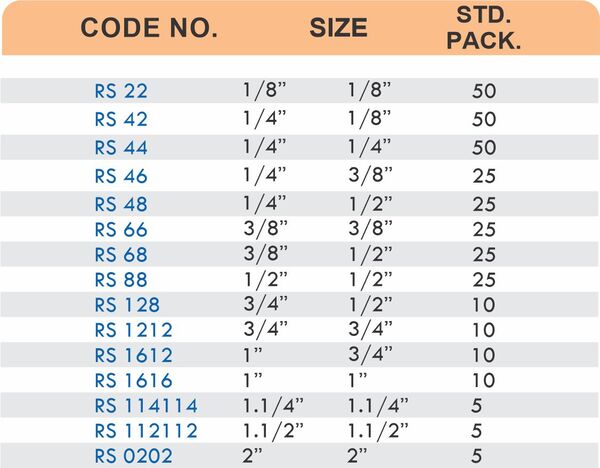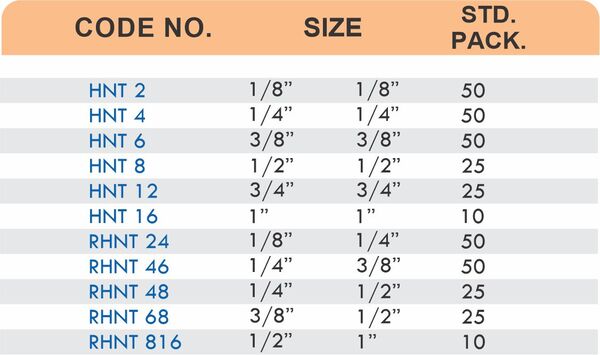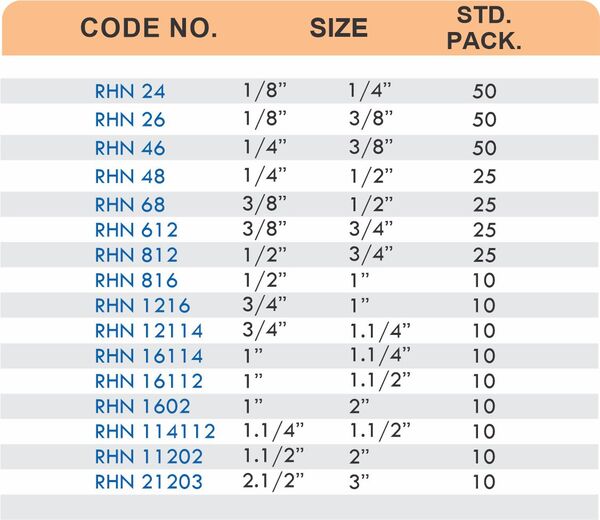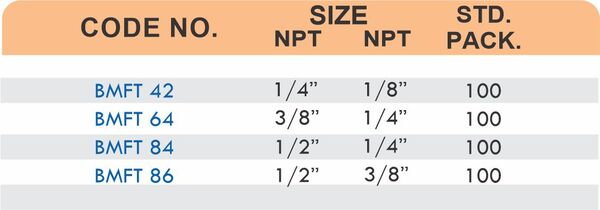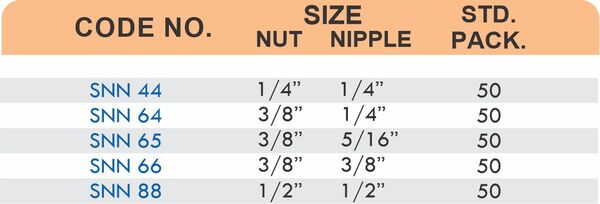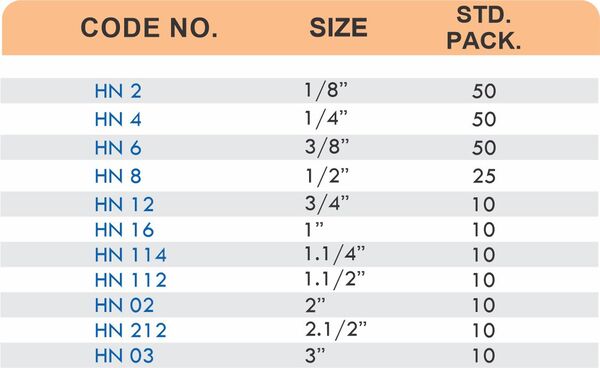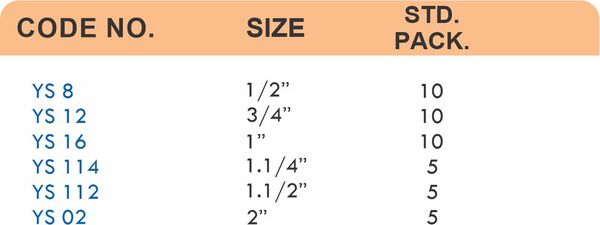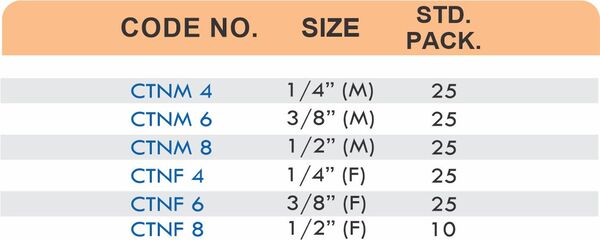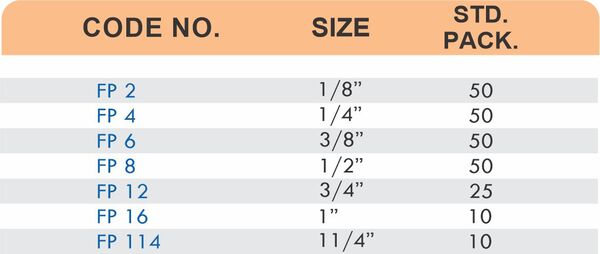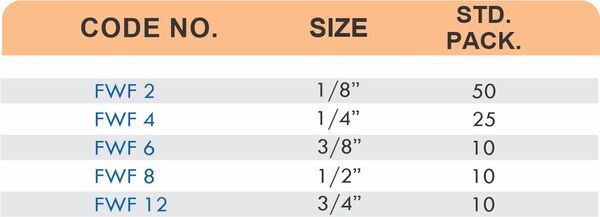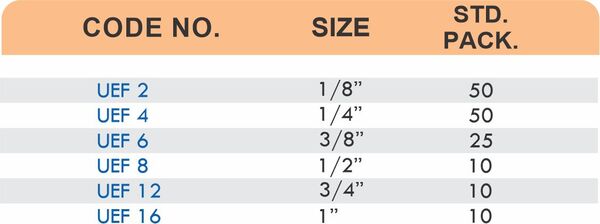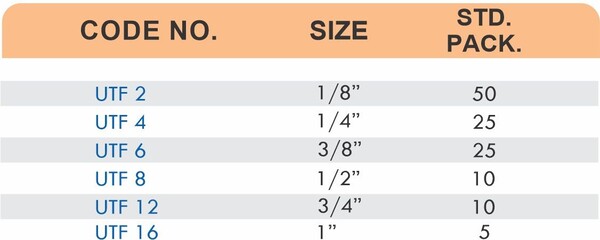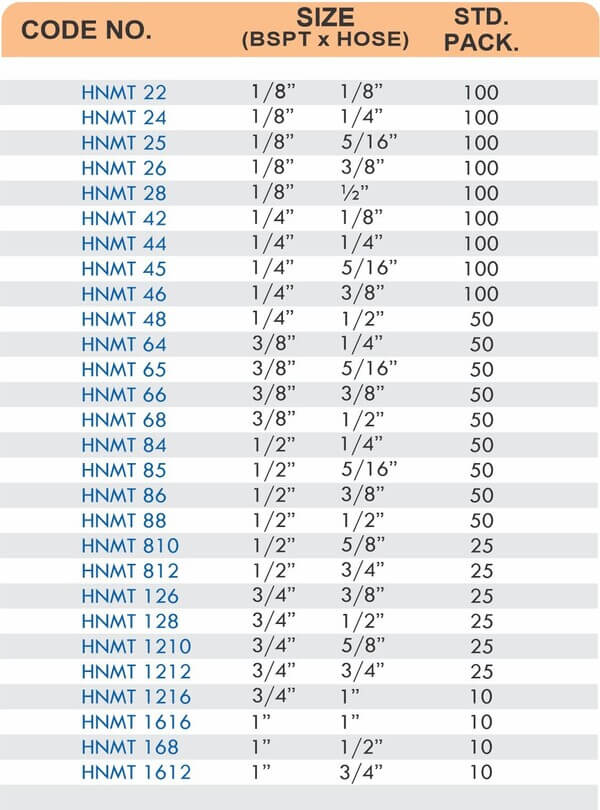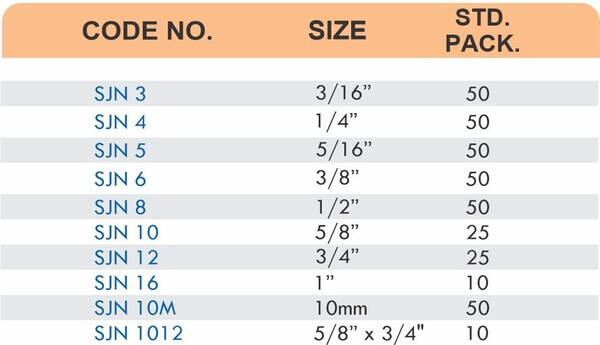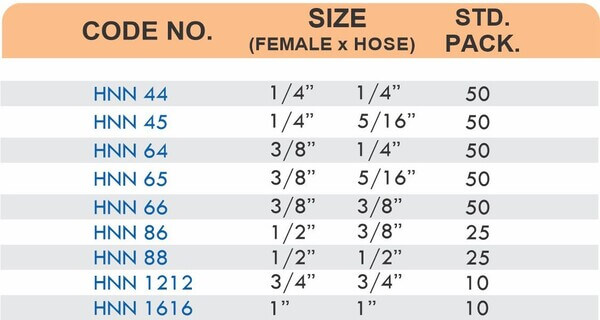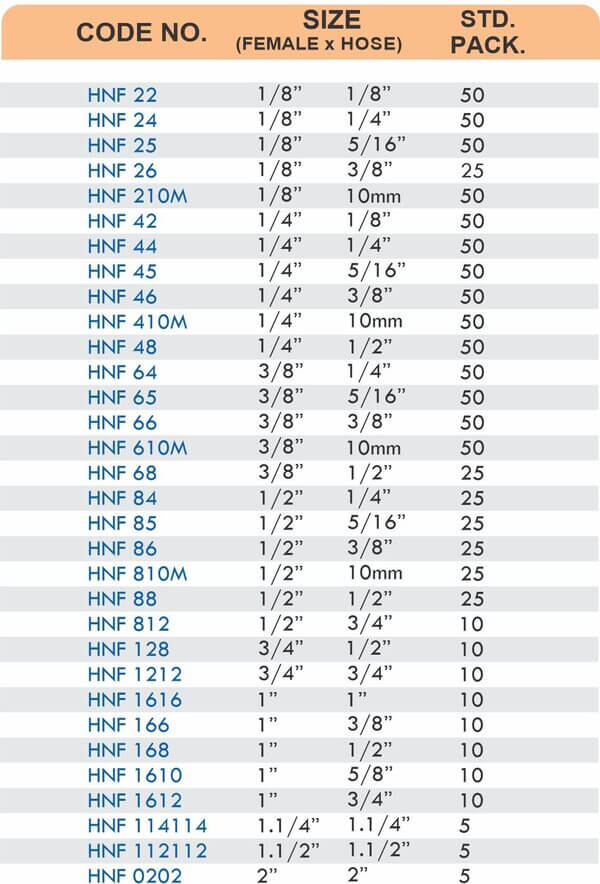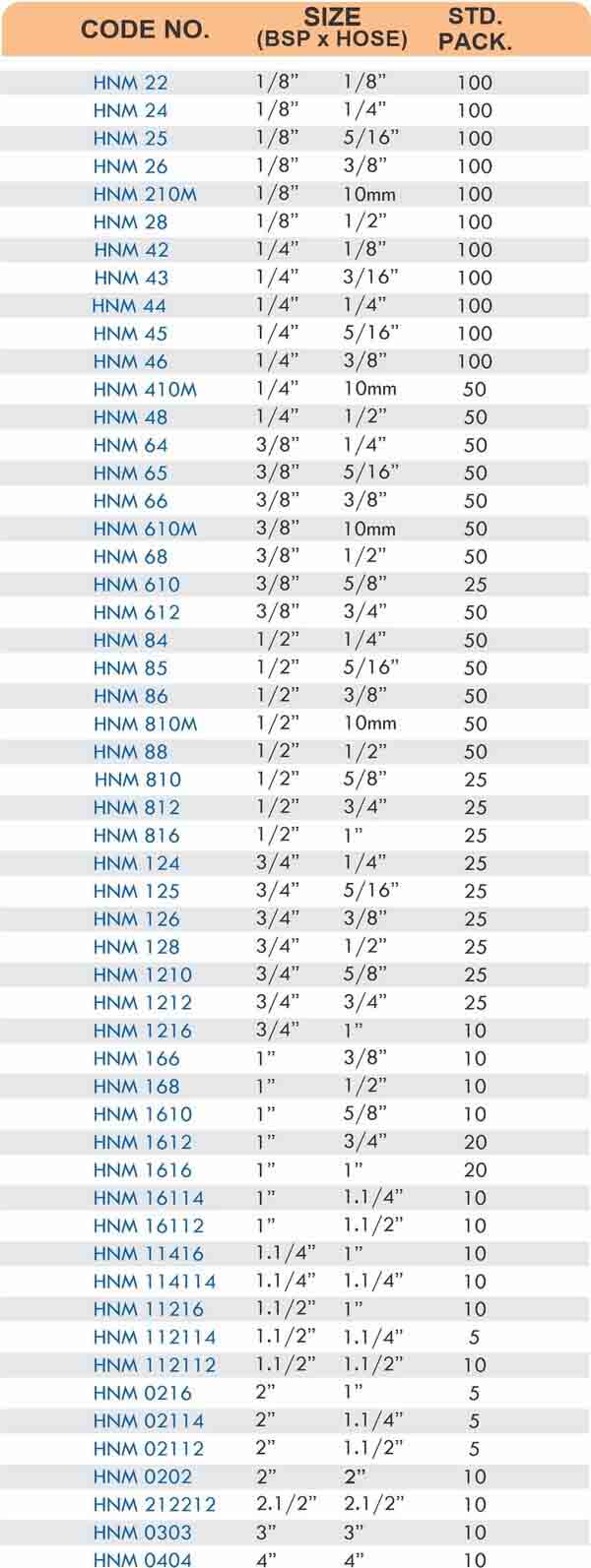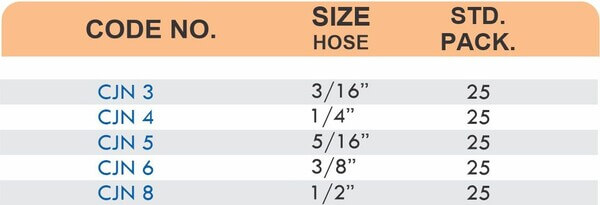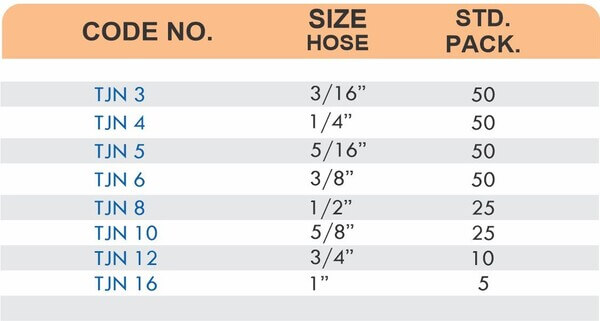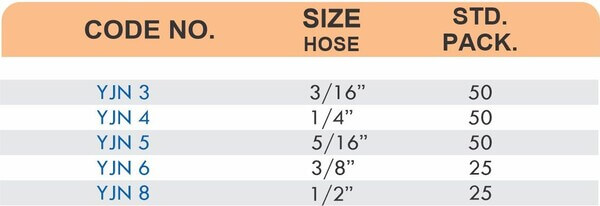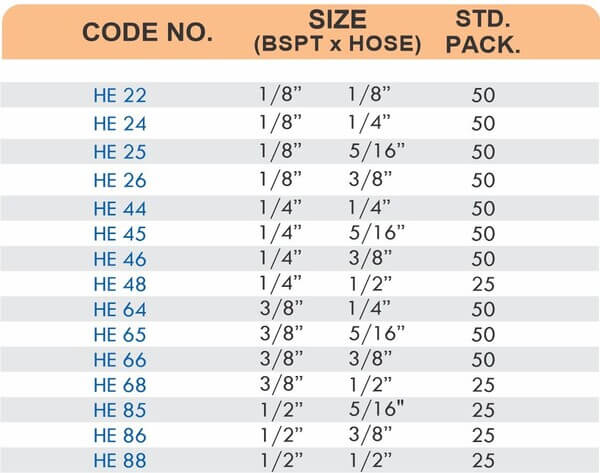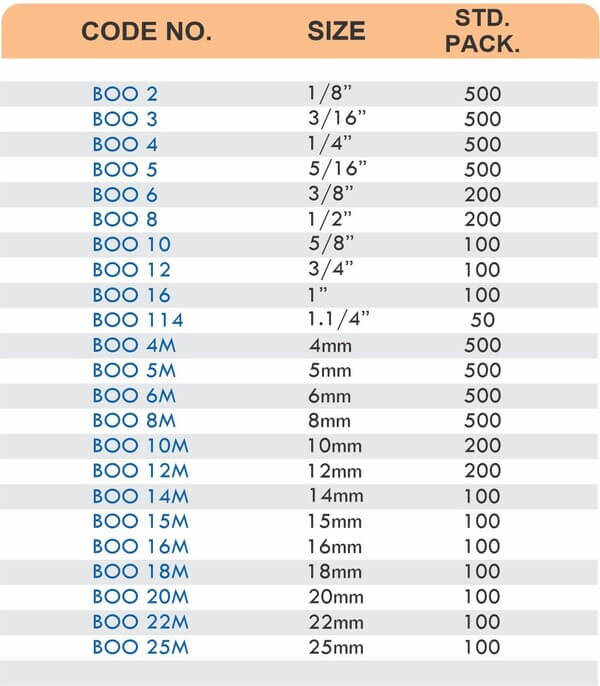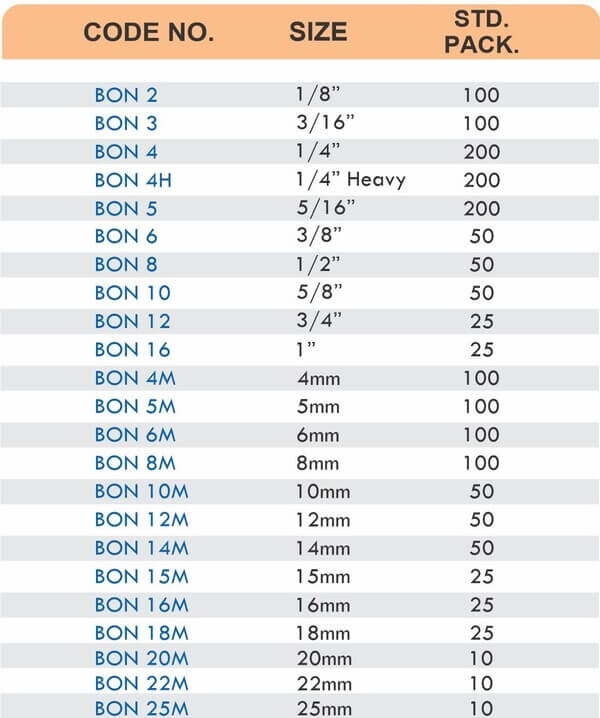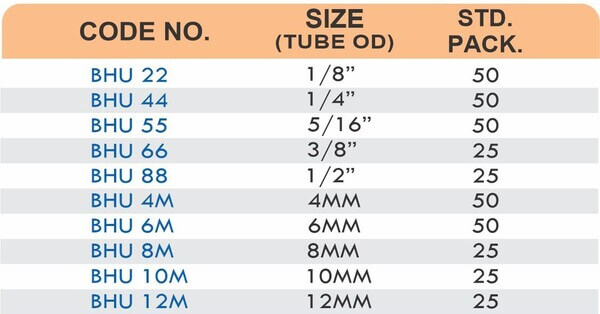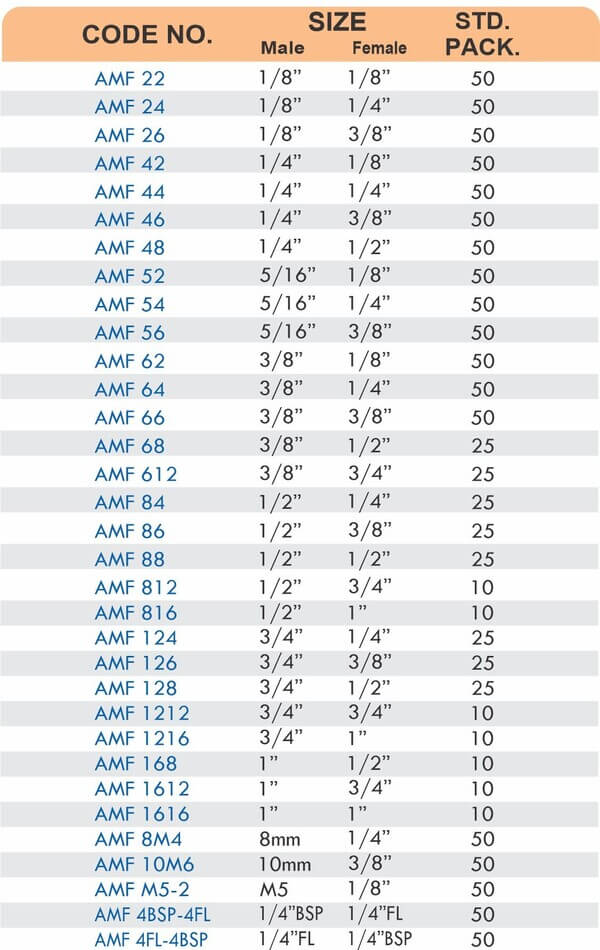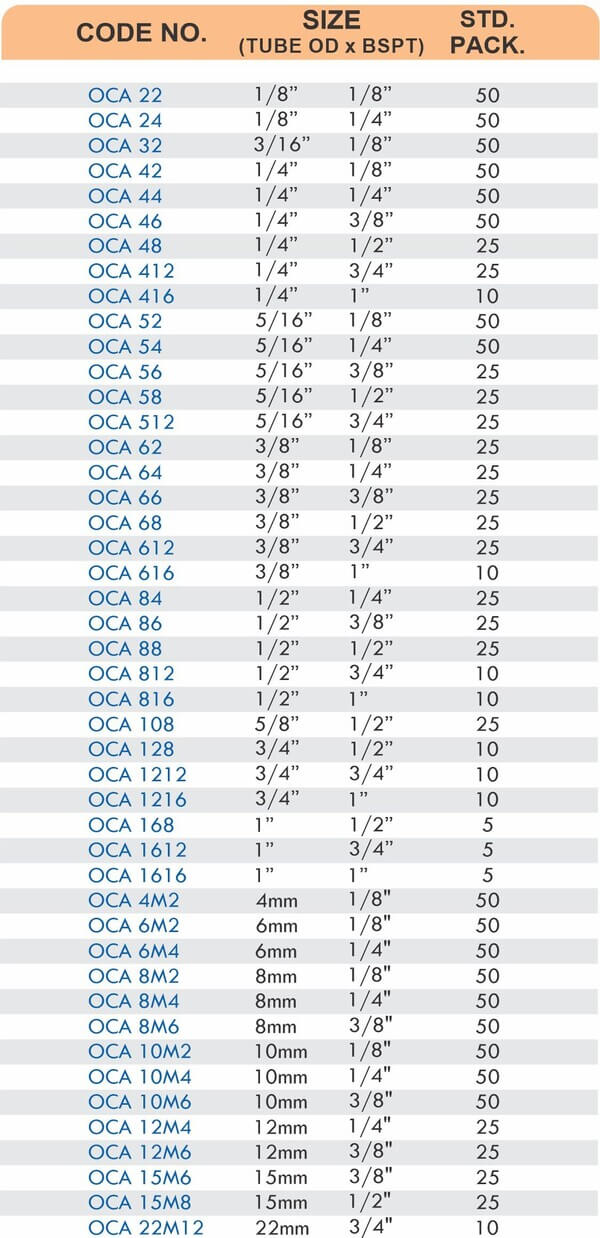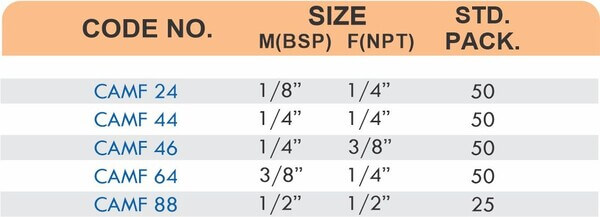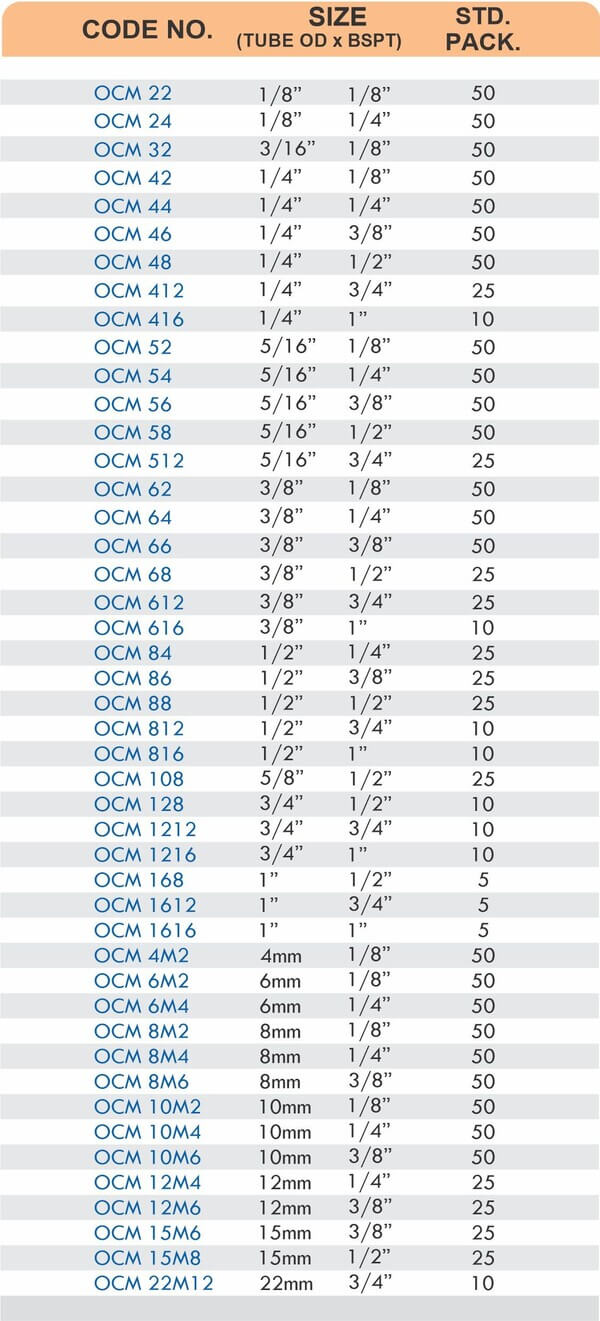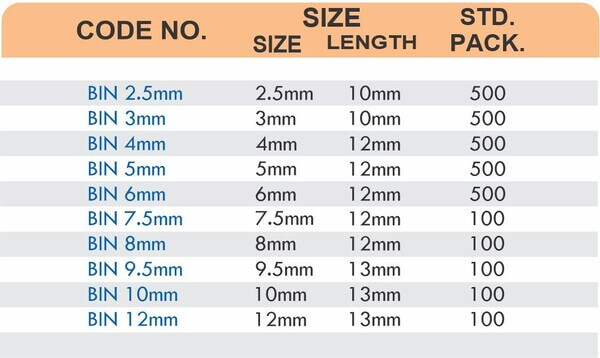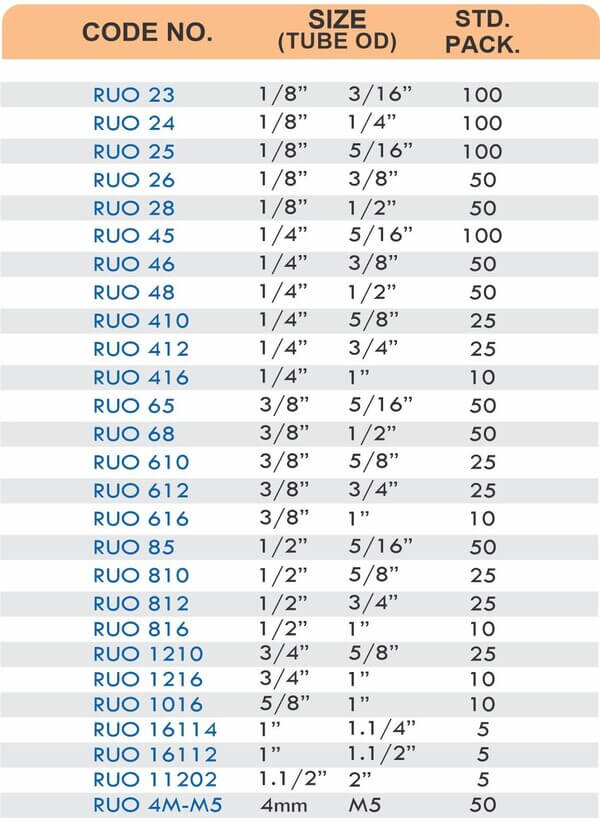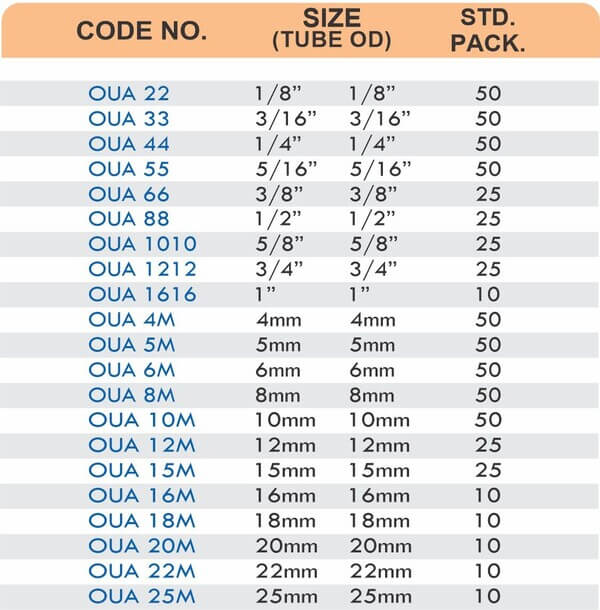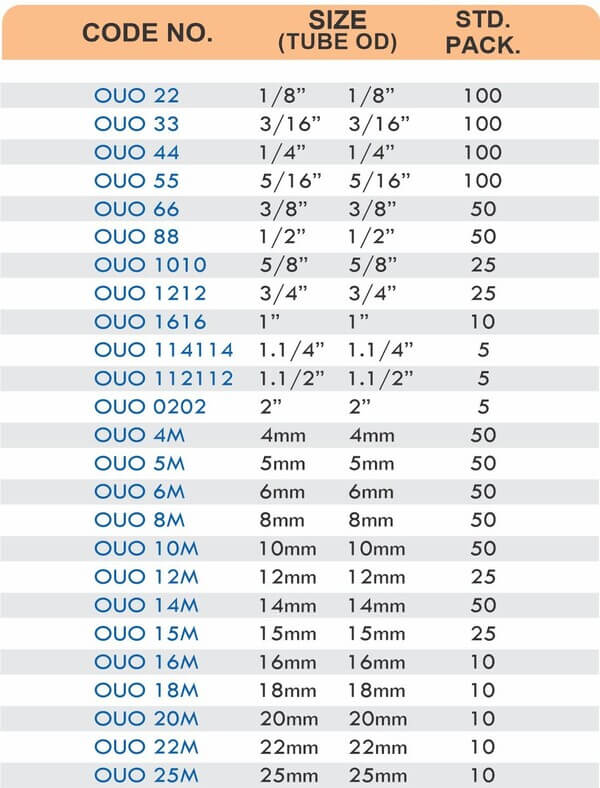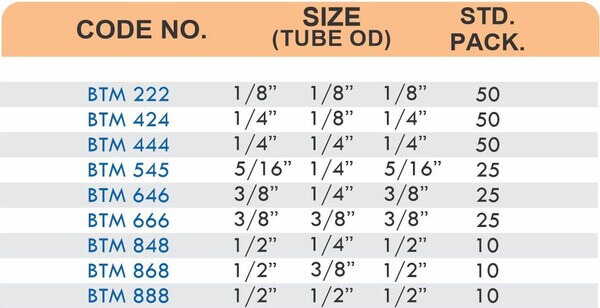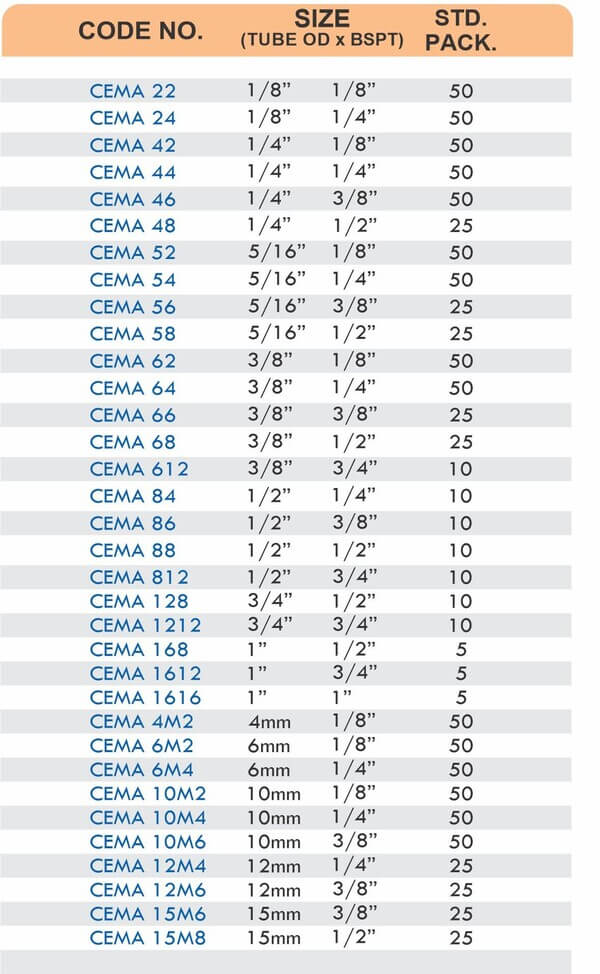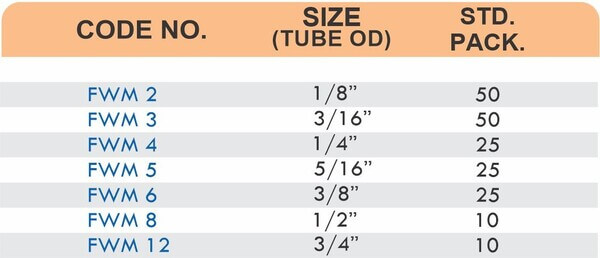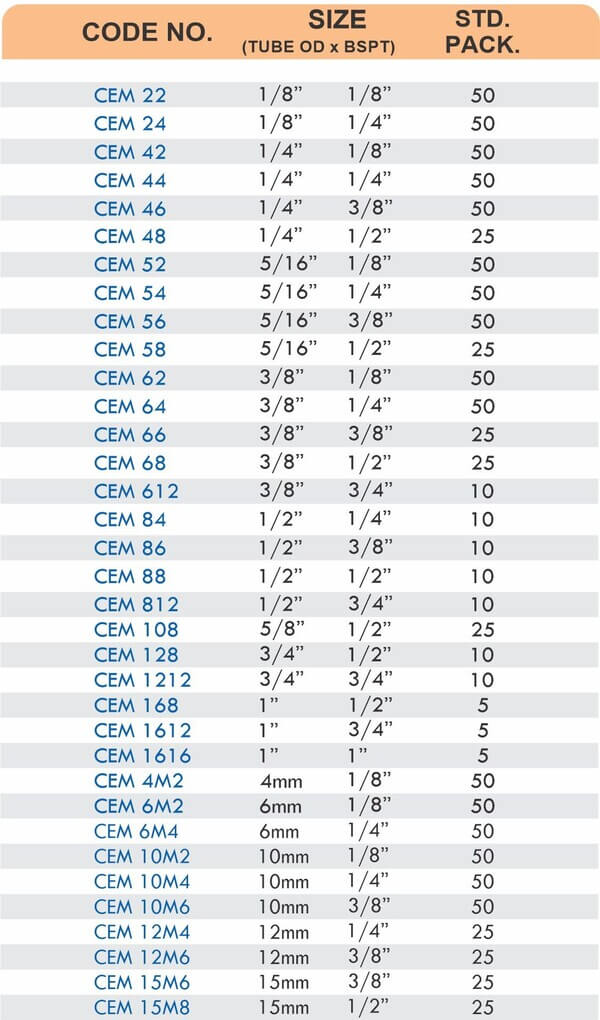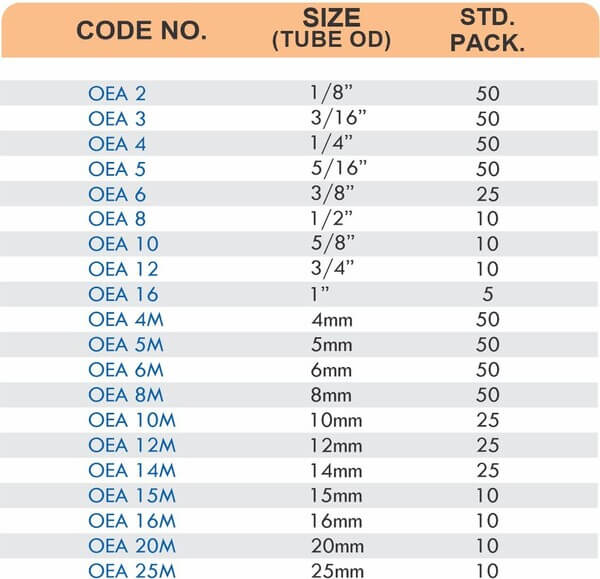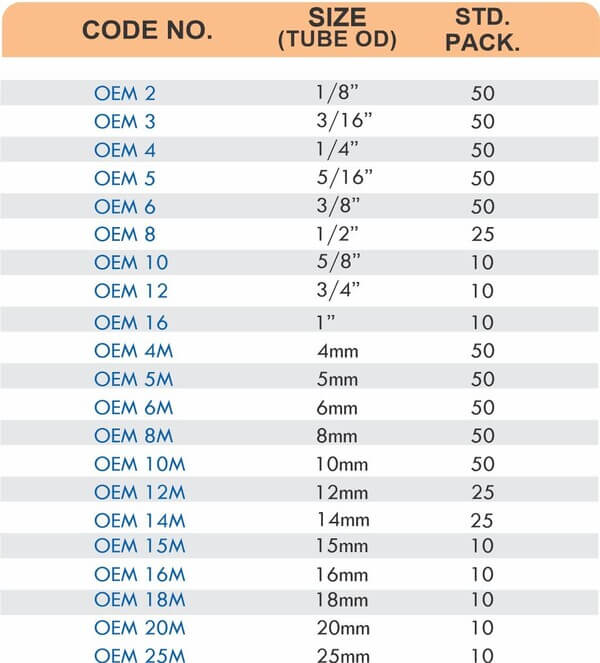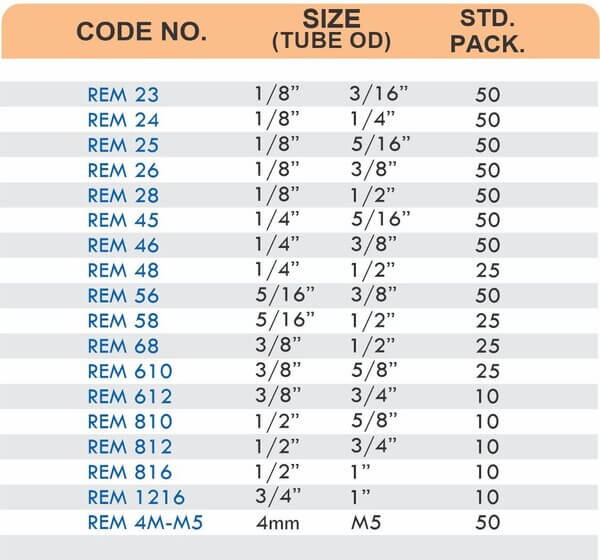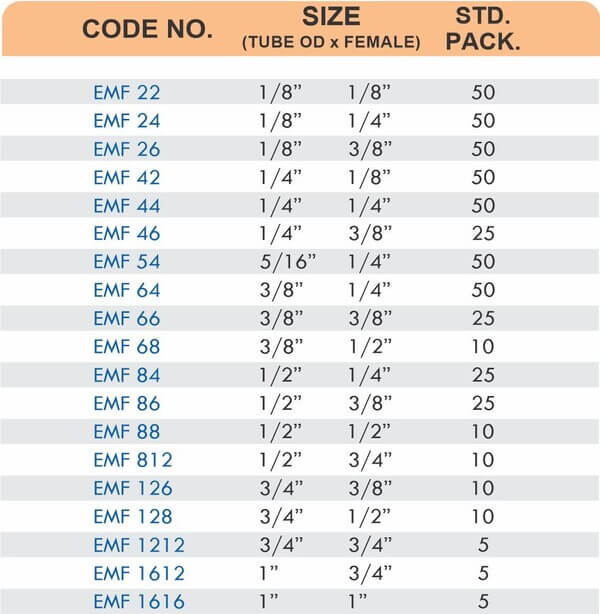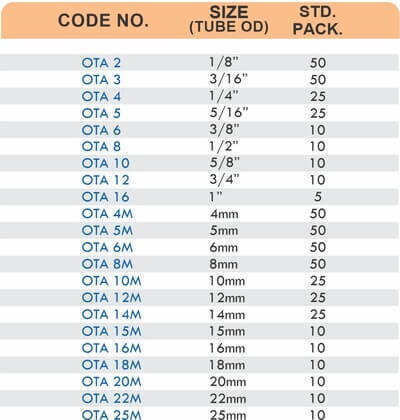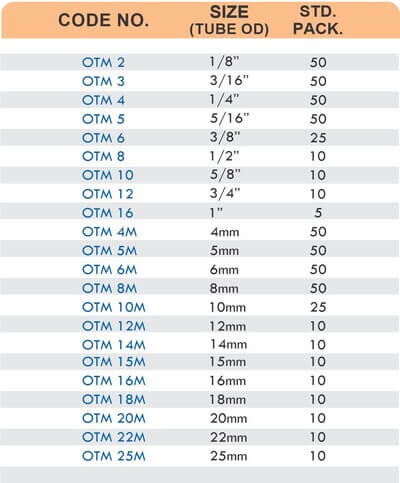
Brass Fittings Inspection: Essential for Industrial Safety & Performance
Industrial system failures rarely announce themselves. They develop quietly at connection points where brass fittings bear the load of pressure, temperature cycling, and corrosive environments. A single overlooked defect can cascade into costly downtime, safety hazards, or complete system failure.
Regular brass fittings inspection prevents these failures before they occur. Systematic inspection protocols identify wear patterns, corrosion, thread damage, and pressure loss that compromise system integrity. Industries that implement rigorous inspection schedules reduce emergency repairs by up to 60% while extending fitting lifespan significantly.
This guide covers what makes brass fittings critical to industrial operations, the specific inspection areas and methods that catch problems early, scheduling protocols that balance thoroughness with efficiency, and how proper inspection translates to measurable safety and performance improvements.
Why Brass Fittings Demand Regular Inspection
Brass fittings form the backbone of industrial piping systems. They connect pipe segments, control flow direction, and maintain pressure integrity across diverse applications from chemical processing to compressed air systems.
These connection points experience concentrated stress. Pressure fluctuations, thermal expansion, and mechanical vibration all focus on the fitting interface where leaks and failures most commonly develop.
The corrosion-resistant properties of brass delay but do not eliminate degradation. Chemical exposure, electrochemical reactions with dissimilar metals, and environmental conditions gradually compromise fitting integrity.
Inspection catches these degradation patterns while repairs remain simple and cost-effective.
Critical Inspection Points
Thread Condition and Connection Integrity
Thread damage represents the most common failure mode in brass fittings. Inspect threads for wear, cross-threading, galling, or deformation that prevents proper sealing.
Clean threads reveal damage more clearly than contaminated surfaces. Remove debris, old sealant residue, and corrosion products before examining thread profiles.
Damaged threads cannot achieve proper torque specifications. This leads to leaks under pressure regardless of sealant application.
Surface Condition Assessment
Surface defects indicate internal stress or material degradation. Look for cracks, pits, discoloration, and corrosion that compromise structural integrity.
Pitting corrosion creates stress concentration points where cracks initiate. Even small surface pits can propagate through the fitting wall under cyclic pressure loading.
Discoloration patterns reveal chemical attack or dezincification. Green deposits indicate copper compound formation from moisture and oxidation.
Valve Components and Moving Parts
Brass valve fittings require inspection of both static and dynamic components. Check valve seats for wear, scoring, or deformation that prevents complete closure.
Stem threads and packing glands develop wear from repeated operation. Inspect for smooth operation without binding or excessive play.
Internal components like check valve springs and seats must be examined during scheduled maintenance intervals.
Inspection Methods That Catch Problems Early
Visual Inspection Protocols
Visual inspection forms the foundation of effective fitting assessment. Examine external surfaces under adequate lighting for cracks, corrosion, and mechanical damage.
Use magnification for critical applications. Small cracks invisible to the naked eye become apparent under 5-10x magnification.
Document findings with photographs and written records. This creates baseline data for tracking degradation rates over time.
Pressure Testing Procedures
Pressure testing confirms fitting integrity under operational loads. Apply test pressure at 1.5 times the maximum operating pressure while monitoring for leaks.
Soap solution testing provides simple leak detection. Apply soapy water to joints and connections while the system holds pressure. Bubbles indicate leak paths.
Hold test pressure for sufficient duration to reveal slow leaks. Quick pressure drops indicate major defects while gradual pressure loss suggests minor seepage.
Dimensional Verification
Measure critical dimensions to detect deformation or wear. Thread gauges verify proper thread profiles and pitch.
Wall thickness measurements using ultrasonic gauges identify corrosion thinning before failure occurs. Critical fittings should maintain minimum wall thickness specifications.
Clearance measurements on valve components reveal wear patterns that affect performance before complete failure develops.
Inspection Scheduling and Frequency
Risk-Based Inspection Intervals
High-pressure applications require more frequent inspection than low-pressure systems. Establish inspection frequency based on operating conditions and failure consequences.
Critical systems where failure creates safety hazards need monthly or quarterly inspection. Non-critical applications can extend to annual schedules.
Corrosive environments accelerate degradation and demand shortened inspection intervals. Chemical processing and marine applications require more aggressive monitoring.
Operating Condition Factors
Temperature cycling stresses fittings through repeated thermal expansion. Systems with wide temperature swings need inspection every 6-12 months.
Vibration from pumps, compressors, or mechanical equipment loosens connections over time. Inspect these areas during routine equipment maintenance.
Pressure fluctuations from system operation or pressure relief valve cycling create fatigue loading. Monitor high-cycle applications more frequently.
Defect Identification and Response
Immediate Replacement Criteria
Cracks of any size require immediate fitting replacement. Cracks propagate rapidly under pressure and lead to catastrophic failure.
Severe corrosion that reduces wall thickness below design minimums demands replacement. These fittings cannot safely contain design pressure.
Thread damage that prevents proper torque application necessitates new fittings. Damaged threads leak regardless of sealant type or application method.
Maintenance and Remediation
Minor surface corrosion can be cleaned and treated with protective coatings. Remove corrosion products and apply appropriate surface treatments.
Loose connections from vibration require retorquing to specification. Use two wrenches to prevent pipe twisting while tightening the fitting.
Document all maintenance actions and defects found. This data identifies problem areas and supports predictive maintenance strategies.
Performance Benefits of Systematic Inspection
Safety Enhancement
Regular inspection eliminates leak-related safety hazards. Compressed air, steam, and chemical systems pose injury risks when fittings fail under pressure.
Early defect detection prevents catastrophic failures that endanger personnel. Small leaks detected during inspection get repaired during controlled downtime.
Inspection compliance demonstrates due diligence for regulatory requirements and insurance purposes.
Operational Reliability
Planned inspections prevent unscheduled downtime from unexpected failures. Emergency repairs cost significantly more than scheduled maintenance.
System efficiency improves when leaks get eliminated. Compressed air systems lose substantial energy to undetected leaks at fitting connections.
Equipment lifespan extends when system integrity is maintained through consistent inspection protocols.
Selecting Inspection-Friendly Fittings
Quality Manufacturing Standards
Fittings from manufacturers with rigorous quality control programs perform more reliably and show fewer defects during inspection.
Certifications to industry standards indicate proper material composition and manufacturing processes. Look for compliance with relevant ASTM, ISO, and national standards.
Consistent dimensional accuracy simplifies inspection and ensures proper installation. Quality fittings meet tolerance specifications that support reliable sealing.
Design Features That Support Maintenance
Accessible connection points allow thorough inspection without system disassembly. Consider maintenance access during system design.
Fittings with standard dimensions permit easy replacement with equivalent components when defects are found.
Lead-free brass compositions eliminate health concerns and comply with drinking water regulations where applicable.
FAQs
Q: How often should brass fittings be inspected in industrial systems?
A: Inspection frequency depends on operating conditions, but quarterly inspection suits most critical applications while annual inspection works for lower-risk systems. High-pressure, high-temperature, or corrosive environments need more frequent assessment every 1-3 months.
Q: What are the most common defects found during brass fitting inspection?
A: Thread damage, surface corrosion, and connection leaks represent the most frequent issues. Thread wear from installation or vibration leads to sealing problems, while pitting corrosion from chemical exposure compromises structural integrity.
Q: Can pressure testing damage brass fittings?
A: Proper pressure testing at 1.5 times maximum operating pressure will not damage quality fittings. This test level ensures adequate safety margin while revealing defects that would fail under normal operation.
Q: What tools are essential for effective brass fitting inspection?
A: Visual inspection requires adequate lighting and magnification for crack detection. Thread gauges verify thread condition, while pressure testing equipment and leak detection solution identify seepage. Ultrasonic thickness gauges measure wall thickness in critical applications.
Q: How do you document brass fitting inspection results?
A: Create inspection records with fitting location, date, condition assessment, defects found, and corrective actions taken. Photograph critical defects and maintain records for trend analysis that predicts future failures.
Conclusion
Systematic brass fitting inspection separates reliable industrial operations from those plagued by unexpected failures. The protocols outlined here provide the foundation for catching problems while repairs remain straightforward and economical.
Establish inspection schedules appropriate to operating conditions, train personnel in proper inspection techniques, and document findings to build predictive maintenance capabilities.
KK International delivers premium brass fittings engineered for long-term industrial performance and easy inspection access. Our quality control standards ensure every fitting meets rigorous dimensional and material specifications. Contact our technical team today to discuss brass fittings that combine reliability with straightforward maintenance protocols for your critical applications.

